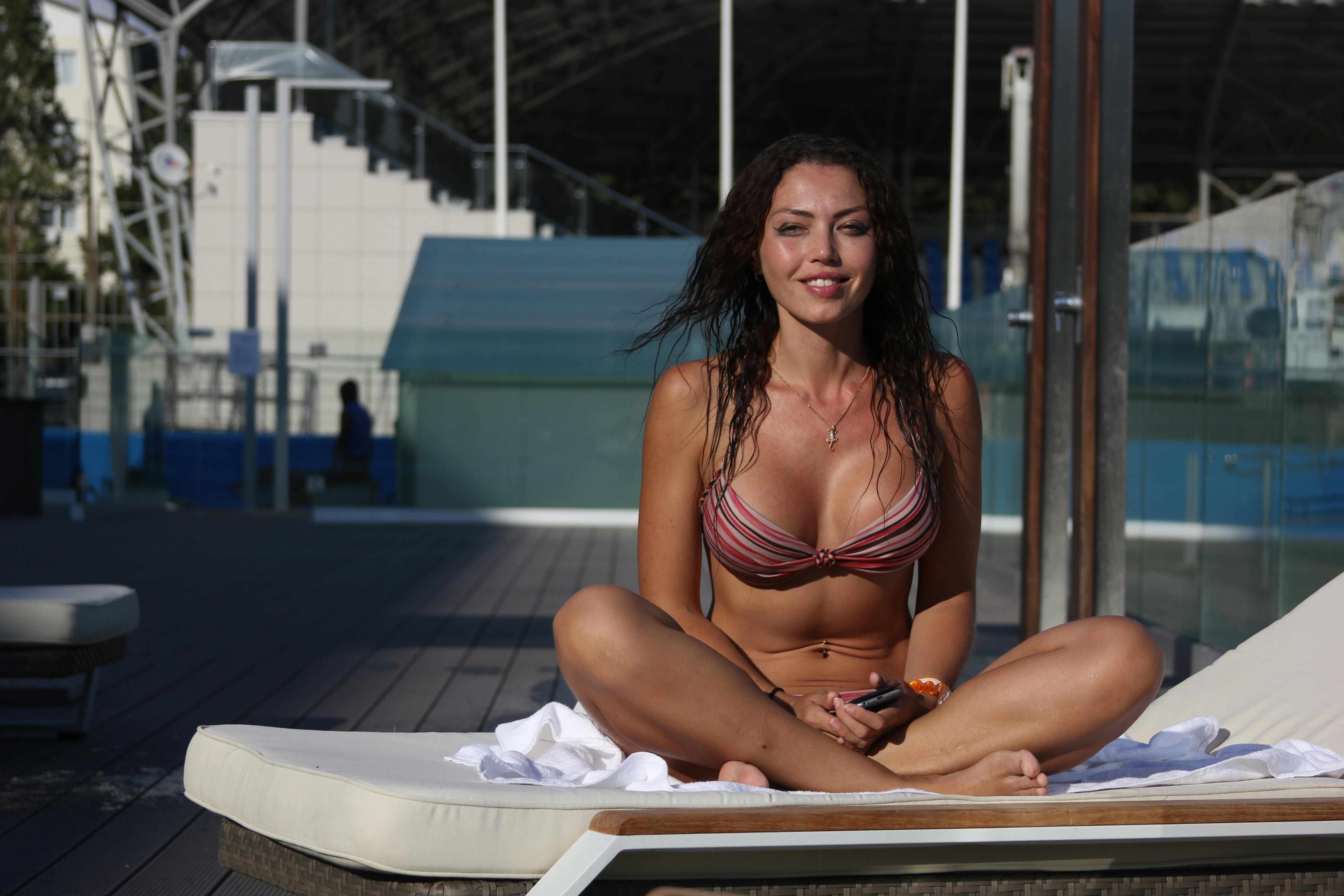The Unseen Engineering: Why Your Swimsuit is a Masterpiece of Material and Machine

A well-made swimsuit is a small marvel of engineering. It must stretch without losing shape, endure chlorine and saltwater, resist fading under harsh UV rays, and dry quickly. Achieving this requires a deep understanding of two specific, intertwined elements of manufacturing: the unique properties of high-performance stretch fabrics and the specialized machinery required to tame them.
The Fabric is a Fickle, High-Performance Beast
Unlike cotton or denim, swimwear fabrics are not passive materials. They are active, technical textiles designed for performance. The most common choices are nylon or polyester blended with a high percentage of elastane (better known by brand names like Lycra® or Spandex). More recently, sustainable options like Econyl® (regenerated nylon from waste like fishing nets) have gained prominence, offering the same performance with an eco-conscious benefit.
However, this elasticity is a double-edged sword for swimwear manufacturers.
1. Extreme "Memory" and Rebound: These fabrics are defined by their ability to stretch and return to their original shape. During the cutting and sewing process, this "memory" means the material is constantly trying to contract. If not handled with absolute precision, pattern pieces can warp, leading to twisted seams, uneven hems, and a poor fit. A pattern piece cut even a few millimeters off-grain can result in a swimsuit that pulls uncomfortably in one direction.
2. A Slippery, Unstable Nature: High-elastane fabrics are notoriously slippery. When stacked for cutting, layers can easily shift, causing massive inconsistencies across a production run. Manual cutting is extremely difficult and often yields poor results. Even under the sewing machine needle, the fabric can "crawl" or bunch up, requiring immense skill and specialized machine functions to control.
3. Vulnerability to Heat and Puncture: The synthetic fibers that give swimwear its durability can be damaged by excessive heat from an iron or the friction of a dull needle. A standard sewing needle can puncture and tear the fine knit, creating tiny, unrecoverable holes that can grow over time. This is why specialized needles and heat settings are non-negotiable.
The Machinery is Not Optional—It's Essential
You simply cannot produce high-quality swimwear on a standard sewing machine. The challenges posed by the fabric necessitate a lineup of specialized industrial machinery, each with a specific purpose. Attempting to bypass this is a recipe for failure.
1. The Overlocker (or Serger): The Workhorse of Swimwear: This is the most crucial machine. An overlocker uses multiple threads (typically 4) to create a seam that stretches with the fabric. It simultaneously sews the seam, trims the raw edge, and encloses it in a thread casing. This "overlock stitch" is the flexible, durable seam you see on the inside of almost all activewear. Using a standard straight "lockstitch" would result in popped threads the first time the swimsuit was stretched.
2. The Coverstitch Machine: For Professional Hems and Finishes: A coverstitch machine creates the parallel lines of stitching you see on hems and leg openings. It provides a clean, professional finish on the outside while a looper thread on the inside creates a chain of stitches that offers excellent stretch. It’s what allows leg and armholes to expand without breaking. It’s also used for applying elastic cleanly and securely.
3. The Zig-Zag or Bartack Machine: For Reinforcement: While the overlocker handles main seams, a high-stretch zig-zag stitch is often used to attach elastic bands before they are enclosed. A bartack machine provides heavy-duty reinforcement stitches at stress points, such as where straps meet the body of the suit, ensuring they don’t tear away under tension.
4. Automated Cutting Systems: To combat the fabric's slippery nature, modern factories use computer-controlled, automated cutting tables. Fabric is laid out, often with a layer of paper above and below to add stability, and then a high-precision blade or laser cuts through the stacks with perfect accuracy, ensuring every single pattern piece is identical.
From the regenerated nylon fibers of an Econyl® blend to the four-thread overlock stitch holding it together, a swimsuit is a product of deep industry knowledge. The material and the machine are in a symbiotic relationship. One cannot function without the other.
- Questions and Answers
- Opinion
- Motivational and Inspiring Story
- Technology
- Live and Let live
- Focus
- Geopolitics
- Military-Arms/Equipment
- Sicherheit
- Economy
- Beasts of Nations
- Machine Tools-The “Mother Industry”
- Art
- Causes
- Crafts
- Dance
- Drinks
- Film/Movie
- Fitness
- Food
- Spiele
- Gardening
- Health
- Startseite
- Literature
- Music
- Networking
- Andere
- Party
- Religion
- Shopping
- Sports
- Theater
- Health and Wellness
- News
- Culture

